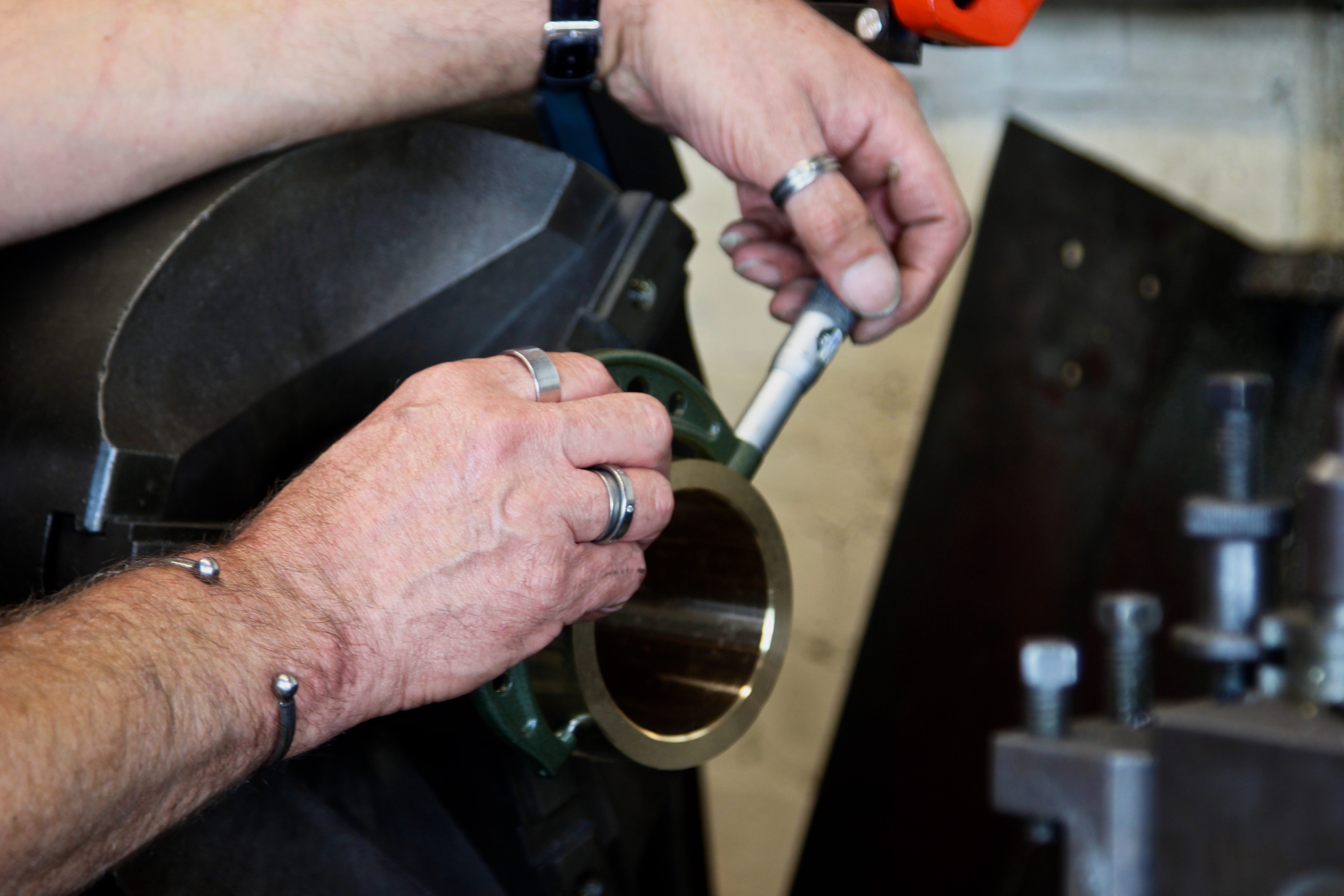Precision in Waste Grab Body Boring: Techniques and Best Practices
In the demanding world of waste management, equipment reliability and efficiency are paramount. Among the various components that ensure smooth operations, the waste grab plays a critical role. A key process in the manufacturing and maintenance of waste grabs is body boring—a precise machining operation that requires expert techniques and best practices to achieve optimal results. In this blog, we'll explore the intricacies of waste grab body boring and highlight the best practices that UK manufacturers employ to maintain precision and durability.
Understanding Waste Grab Body Boring
Waste grabs are essential for handling and transporting waste materials in various industries, including construction, recycling, and waste management. The body of a waste grab must be robust and precisely engineered to withstand the harsh conditions in which it operates. Body boring is the process of enlarging or finishing the internal diameters of the grab's body components to ensure they fit together perfectly and function seamlessly.
Achieving precision in body boring is crucial, as even the smallest deviation can lead to operational inefficiencies, increased wear and tear, or even equipment failure. This makes it essential to follow established techniques and best practices in the machining process.
Key Techniques in Waste Grab Body Boring
-
Material Selection and Preparation: The first step in waste grab body boring is selecting the appropriate material. Typically, high-strength steel alloys are used due to their durability and resistance to wear. Once the material is selected, it is crucial to prepare it by ensuring it is free from defects and properly aligned in the machining setup. Proper material preparation sets the foundation for achieving precision during boring.
-
Tool Selection and Calibration: The choice of boring tools significantly impacts the precision of the operation. High-quality boring bars and cutting inserts are essential for achieving accurate internal diameters. In the UK, manufacturers often use carbide or diamond-tipped tools for their durability and ability to maintain sharpness over extended periods. Additionally, regular calibration of the tools ensures that they are in optimal condition for precise machining.
-
Advanced Machining Techniques: Modern CNC (Computer Numerical Control) machines are widely used in waste grab body boring. These machines offer exceptional accuracy and repeatability, making them ideal for producing consistent results. CNC machines also allow for the implementation of advanced techniques such as multi-axis boring, which enables the machining of complex geometries and tighter tolerances. In some cases, manufacturers may use automated tool changers to switch between different boring tools, further enhancing precision and efficiency.
-
Coolant and Lubrication: Proper cooling and lubrication are critical during the boring process to prevent overheating, reduce friction, and prolong the life of the cutting tools. Using the right type and amount of coolant helps in maintaining the integrity of both the workpiece and the tools. In many UK machining shops, high-performance synthetic coolants are preferred for their ability to maintain consistent temperatures and minimize tool wear.
-
Monitoring and Quality Control: Precision machining requires continuous monitoring and quality control throughout the boring process. Manufacturers often employ in-process inspection techniques, such as laser measurement or coordinate measuring machines (CMMs), to verify that the dimensions meet the required specifications. This step is crucial in identifying any deviations early on and making necessary adjustments to maintain accuracy.
Best Practices for Achieving Precision
-
Regular Maintenance of Equipment: One of the best practices in maintaining precision during waste grab body boring is ensuring that all machinery and tools are regularly serviced and maintained. This includes routine inspections, cleaning, and replacement of worn parts. Proper maintenance not only extends the life of the equipment but also ensures that it operates at peak performance.
-
Skilled Workforce: Precision machining is as much about the skill of the operator as it is about the machinery. In the UK, a well-trained and experienced workforce is a cornerstone of the manufacturing industry. Continuous training and upskilling of machinists ensure that they are proficient in the latest techniques and technologies, which is essential for achieving high levels of precision.
-
Documentation and Process Standardization: Standardizing the machining process and documenting every step helps in maintaining consistency and precision across multiple production runs. Detailed process documentation allows for easy replication of successful techniques and provides a reference for troubleshooting any issues that may arise.
-
Environmental Controls: Precision machining can be affected by environmental factors such as temperature fluctuations, humidity, and vibration. Implementing environmental controls in the machining area—such as maintaining a stable temperature and minimizing vibrations—can significantly enhance the accuracy of the boring process.
-
Continuous Improvement: The pursuit of precision in waste grab body boring is an ongoing process. Manufacturers must continually seek ways to improve their techniques, whether through adopting new technologies, refining existing processes, or learning from past experiences. Continuous improvement not only enhances precision but also contributes to overall operational efficiency and cost-effectiveness.
Conclusion
Precision in waste grab body boring is a critical factor in ensuring the reliability and performance of waste management equipment. By employing advanced techniques, adhering to best practices, and fostering a culture of continuous improvement, UK manufacturers can achieve the high levels of accuracy required in this demanding field.
Whether you are involved in the manufacture or maintenance of waste grabs, understanding and implementing these key techniques and best practices will help you achieve superior results, reduce downtime, and extend the lifespan of your equipment. The UK's commitment to engineering excellence ensures that it remains at the forefront of precision machining, delivering top-quality waste management solutions to industries worldwide. For specialist advice and a no-obligation quotation, call IME on 02085996570 or email sales@imegroup.co.uk.

